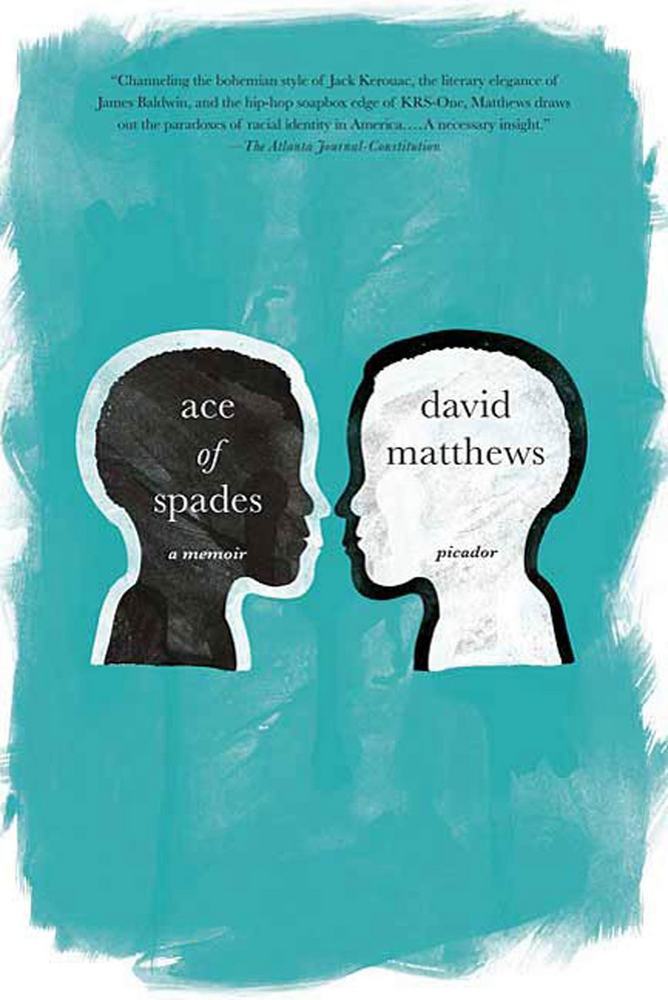Review: “Krazy” by Michael TisserandPosted in Articles, Biography, Book/Video Reviews, Literary/Artistic Criticism, Louisiana, Media Archive, Passing, United States on 2016-12-02 23:44Z by Steven |
Review: “Krazy” by Michael Tisserand
Know Louisiana: The Digital Encyclopedia of Louisiana and Home of Louisiana Cultural Vistas
2016-12-02 (Winter 2016)
There is nothing more American than passing, the act of projecting a racial identity other than that assigned. At no other time and place in American history have necessity and opportunity so dramatically conspired to create the possibility for passing as in late 19th century New Orleans. Reconstruction had failed to establish equitable institutions for those whom the Constitution had denied 2/5 of their personhood; and by 1877, the Southern Democrats (former Confederates) had reclaimed political and social dominion over the state. As W.E.B Du Bois writes in Black Reconstruction, Louisiana’s government was to be “a government of white people, made and to be perpetuated for the exclusive political benefit of the white race.” Though identifying as neither white nor black, New Orleans’ Afro-Creoles, who had enjoyed relative mobility prior to the Civil War, were kicked out of schools and churches, cut off from quality education, and pushed to “colored cars.” It became clear that hybridity was no longer acknowledged or welcome. Well-educated, multilingual and able to pass for white, unknown numbers of Creoles left to seek whatever security their ambiguity would allow. Among them was George Joseph Herriman, a ten-year old boy who in time would become a white man and a pioneering cartoonist.
Michael Tisserand provides a painstakingly well-researched analysis of Herriman’s life and work in Krazy: George Herriman, A Life in Black and White (HarperCollins, 2016). Herriman, a man of diverse interests and experiences, created comics laden with allusions to classical literature and philosophy; written in immigrant, black and southern vernaculars; and often incorporating foreign languages. The most famous and longest-running of his comics was Krazy Kat, a gender non-conforming, color-changing cat in the southwestern desert who regularly drops philosophical gems in his own dialect of English…
Read the entire review here.







